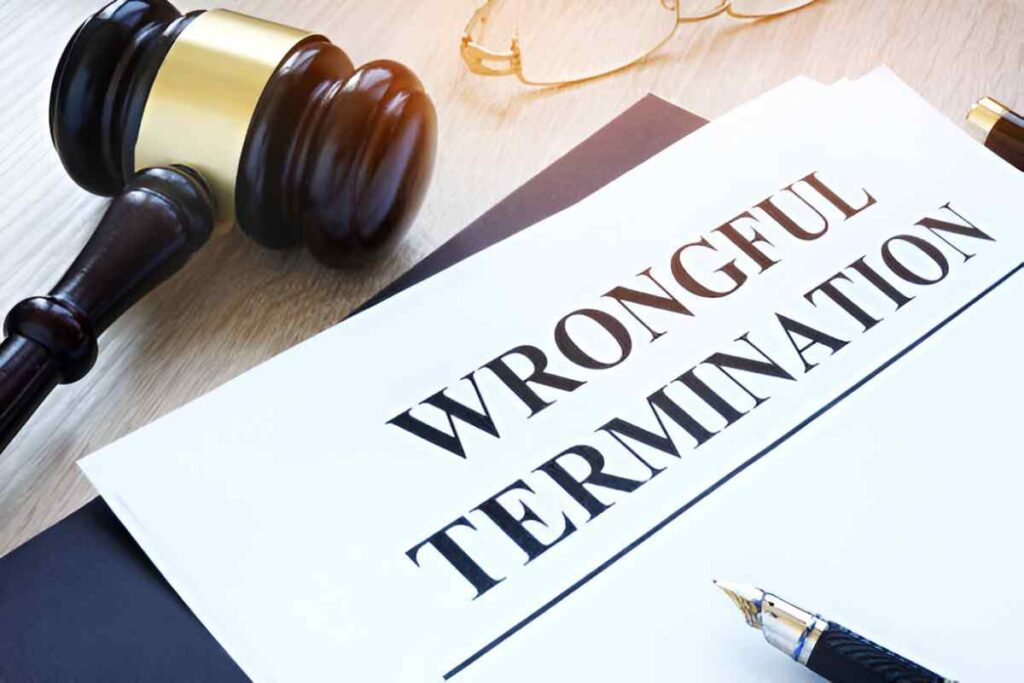Introduction
As someone deeply immersed in legal and financial studies, I often encounter terms that seem obscure but carry significant weight in jurisprudence. One such term is locus poenitentiae, a Latin phrase meaning “place of repentance.” It refers to the opportunity to withdraw from a criminal conspiracy or fraudulent transaction before it reaches completion. In this guide, I break down this legal doctrine, its applications, and its implications in US law.
Table of Contents
What Is Locus Poenitentiae?
Locus poenitentiae allows a person to abandon a criminal or fraudulent act before it becomes irrevocable. Courts recognize this principle to encourage individuals to step back from illegal activities without facing full legal consequences. The doctrine hinges on voluntary withdrawal—not out of fear of detection but genuine repentance.
Key Elements
- Voluntary Withdrawal: The defendant must abandon the act without external coercion.
- Timing: The withdrawal must occur before the crime is consummated.
- Prevention of Harm: The defendant must take steps to neutralize the threat posed by their initial involvement.
Legal Foundations
The doctrine finds roots in common law and has been upheld in various US court rulings. For example, in United States v. Joyce (2016), the court emphasized that withdrawal must be “complete and voluntary” to qualify for locus poenitentiae.
Mathematical Representation of Legal Liability
In criminal conspiracy, liability often depends on the degree of participation. If we model legal culpability (C) as a function of intent (I), action (A), and withdrawal (W), we can express it as:
C = I \times A \times (1 - W)Where:
- W = 1 indicates full withdrawal (no liability).
- W = 0 means no withdrawal (full liability).
Applications in Financial Crimes
In white-collar crimes like insider trading or fraud, locus poenitentiae can mitigate penalties. Consider this hypothetical scenario:
Example: A corporate executive, John, learns of an impending merger and shares it with a friend for potential stock gains. Before any trades occur, John regrets his actions and warns his friend not to proceed. Here, John may invoke locus poenitentiae to avoid SEC charges.
Comparison: Withdrawal vs. No Withdrawal
| Scenario | Legal Outcome |
|---|---|
| Withdrawal before crime | Reduced or no liability |
| No withdrawal | Full prosecution under conspiracy laws |
Challenges in Proving Locus Poenitentiae
Courts scrutinize withdrawals to ensure they are genuine. Key challenges include:
- Evidence of Intent: Proving repentance isn’t just fear of getting caught.
- Timeliness: Withdrawal must precede the crime’s completion.
- Communication: The defendant must clearly disavow the illegal plan.
Case Study: United States v. Recio (2003)
In this case, the Supreme Court ruled that a defendant’s late withdrawal from a drug conspiracy did not absolve liability because the crime had already progressed beyond retrieval. This underscores the necessity of early action.
Practical Implications
For legal practitioners, advising clients on locus poenitentiae requires assessing:
- Client’s Involvement: How deep are they in the conspiracy?
- Remedial Steps: Have they taken concrete actions to withdraw?
- Documentation: Is there proof of their repentance?
Conclusion
Locus poenitentiae serves as a legal safety net, rewarding those who choose to step back from wrongdoing. While not a guaranteed defense, it underscores the law’s preference for prevention over punishment. Understanding this doctrine helps navigate complex legal landscapes, especially in financial and corporate crimes.





